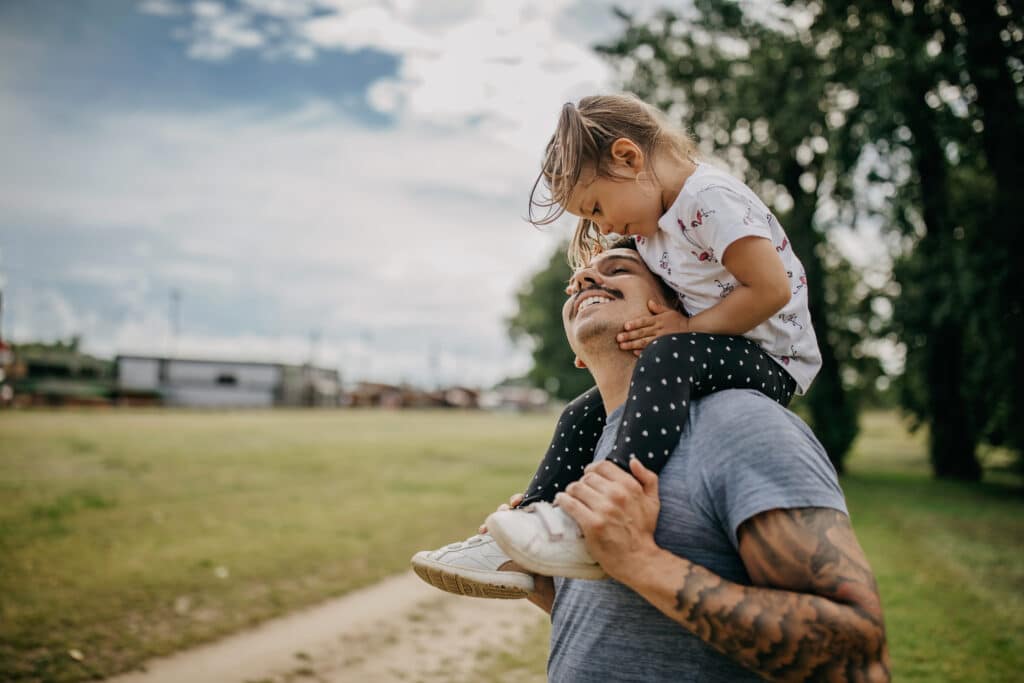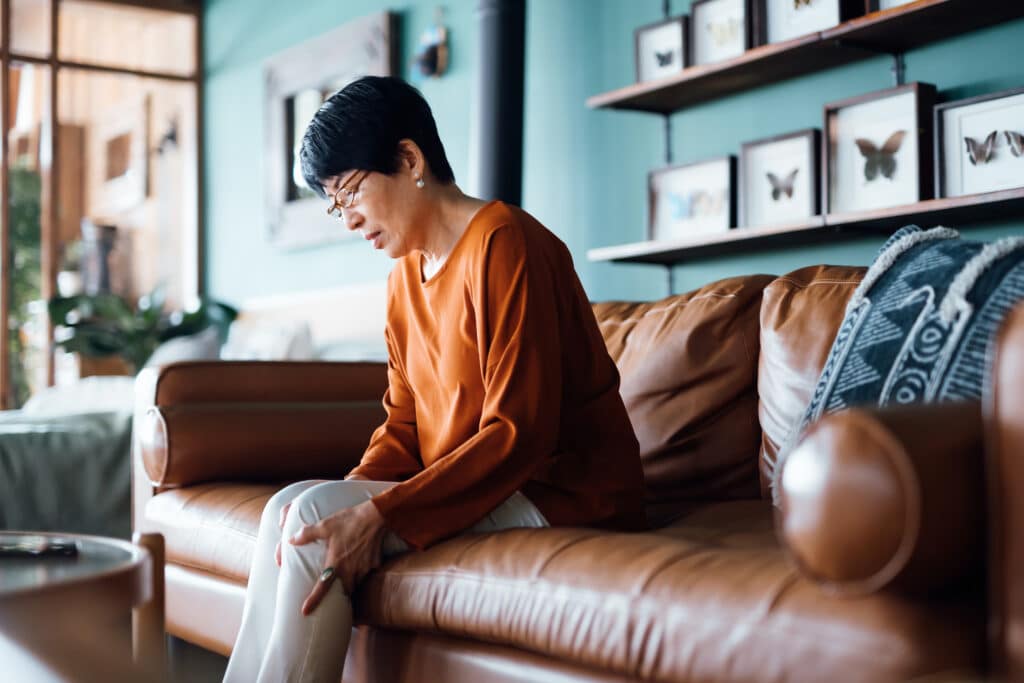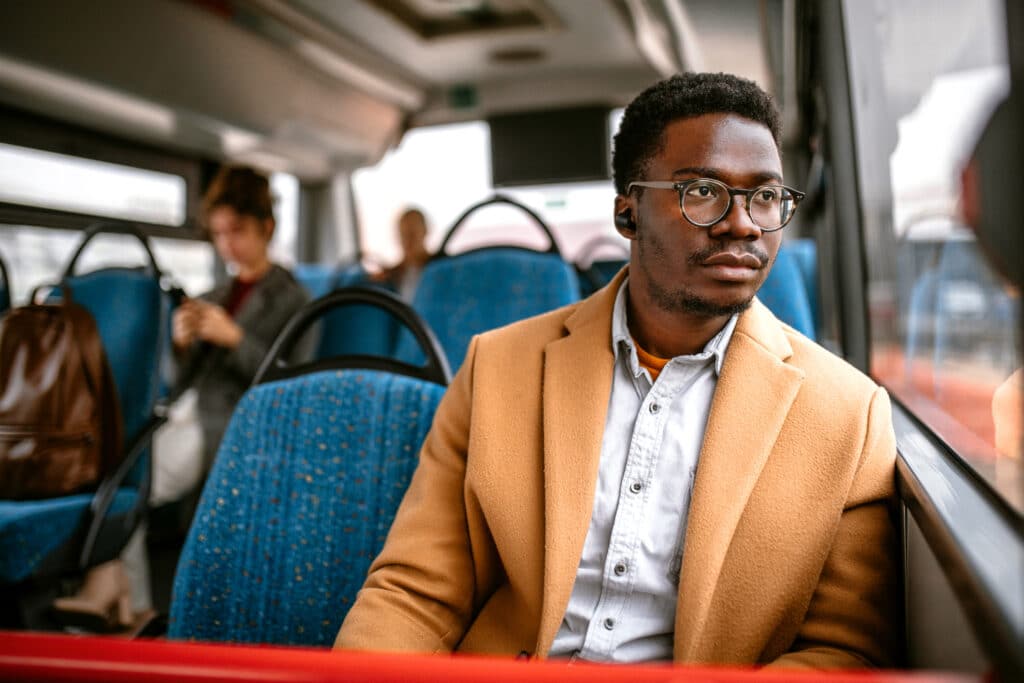The media is chock full of stories about the corona virus pandemic and its impact on mental health. I find that the terms fear, anxiety, and panic are often used interchangeably these days, so let’s start with a few distinctions, taking fear first. Fear is best described as response to a threat, and today we have all too much to fear, from lost income, to concern about our own or our loved ones’ health, to uncertainty about how long this crisis will continue. Fear eases when the threat eases or we find positive actions to handle the threat (for example, social distancing, wearing a mask, revising a personal budget to account for financial changes). Fear is not a symptom or a mental health condition.
Anxiety, on the other hand, can range from a transitory experience that we all have from time to time to an unrelenting and distressing mental state. Anxiety can be situational, which is the state of the world we live in now. Anxiety becomes a mental health concern when it overwhelms our capacity to cope or it persists when the real threat diminishes. We can hope that will be soon. We see anxiety as an exaggerated and persistent state, both mental and physical. On the mental side, common reactions include difficulty concentrating, belief that the worst will happen, and distress about uncertainty. Physically, anxiety can take the form of restlessness, muscle tension, nervous stomach, tremulousness, and sleep disturbance.
Panic, we’ve come to learn, is distinct from fear and anxiety. Panic attacks are characterized by sudden intense fear, with a combination of physical and psychological features, usually peaking rapidly and lasting 10 to 30 minutes. The physical features can include rapid, pounding heartbeat, shortness of breath, chest pain, trembling, and dizziness. The psychological features of a panic attack include fear of dying or loss of control, fear of impending doom, and feelings of unreality. About 30% of Americans have at least one lifetime panic attack and just over 10% had a panic attack in the prior year, according to research. While just about everybody is fearful and anxious, at least to some degree, during the CV-19 pandemic, only a subset of the population is likely to have formal panic attacks. The combination of genetics, developmental factors including exposure to trauma, and respiratory physiology create the risk for development of panic attacks.
So now let’s turn to panic in the time of a pandemic.
No big surprise, we are in strange times. Some people with persistent panic attacks are coping pretty well. Those whose panic attacks are triggered by crowds, driving, airplane travel, or other external stressors are sometimes feeling better than usual, since triggering events are officially unavailable! Avoiding stressful situations is common and can be debilitating, and those panicky reactions are likely to return once social distancing is eased. Another source of panic triggers, unfortunately, is getting much worse. Hypersensitivity to bodily distress and symptoms is a hallmark feature of panic, even for medically healthy panic sufferers in ordinary times. Our daily news is full of sad and distressing news about illness, death, and a growing list of CV-19 symptoms. For those who fearfully tune in to their bodies in the best of times, sensations of shortness of breath, racing heart, or other new or distressing physical sensations can rapidly escalate into panic.
So, what are options for individuals with panic in these extraordinary times? A focus on maintaining a regular schedule, controlling what we can control and letting go of what we can’t can be useful. Getting regular exercise is crucial, and a safe, socially-distanced walk outside daily can be very helpful. Daily exposure to sunlight helps regulate our sleep cycle. Staying connected to those we care about is essential, and thankfully we have Skype, Zoom, and Facetime to help us stay in touch with those we can’t see in person.
Freespira is a proven treatment option for people with recurrent panic attacks, and is also available for use completely from home, which is vital in a time when in-person health care has essentially been shut down. Authorization can be done via telehealth, as can training and follow up visits. In addition to normalizing respiratory patterns, Freespira use over the recommended 28-day period also develops important self-management skills that can be employed regularly after the system is returned. Most clients learn to recognize when their breathing gets irregular when stressed and can readily shift back to the Freespira breathing style, which can help manage anxiety symptoms and prevent panic attacks from mounting.



